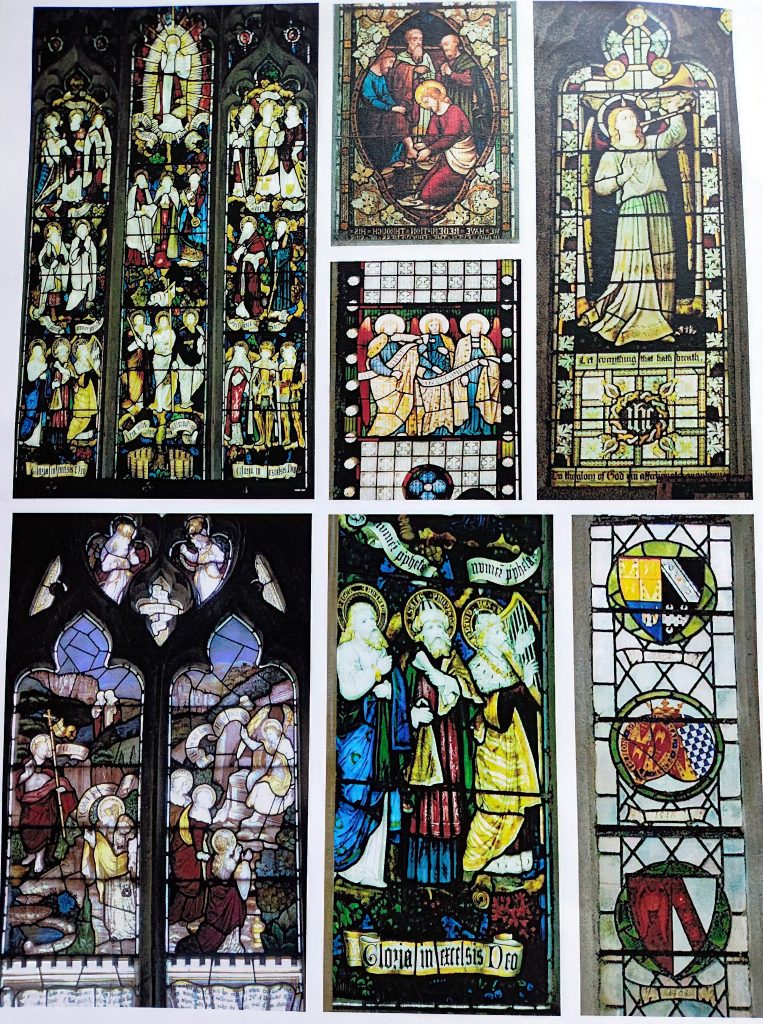Stanhoe Norfolk
Stanhoe Norfolk
Stanhoe Norfolk is a small village within the north-west of English county of Norfolk.
We have fewer than 200 permanent residents, but there's an active community spirit, and lots of more people visit at weekends and through the summer.
Stanhoe lies around 100 miles (160 km) north of London, and 6 miles (10 km) from the North Sea . Fakenham and King’s Lynn are the closest towns.
In the middle of the village may be a large duck pond, and the nearby pub is callled the Duck Inn.
Many of the homes are built from traditional Norfolk materials: flint, chalk, and brick, roofed with curved red tiles. There are several large houses, including Stanhoe Hall, and some beautiful farm buildings.
2,000 years of farming
Stanhoe Norfolk has been a farming community since the Romans were here nearly two thousand years ago. The Saxons gave us the name Stanhoe (“stony hill”), and by the thirteenth century the village was prosperous enough to create the church of All Saints. Sir Hervey de Stanhoe, who appears on our village sign, was High Sheriff of Norfolk and Suffolk in 1260. inspect our local history section for more information.
In the fields today you'll see wheat, oilseed rape (canola), sugar beet, and East Anglia’s famous malting barley. Don’t be surprised to seek out tractors and dirt on the road at harvest .
Norfolk remains an unspoiled county with abundant wildlife, especially birds. Stanhoe has no street lights, and on a transparent night the sky is filled with stars.
From the center of the last century the population of Stanhoe fell as workers moved faraway from the land. within the last few decades more people have inherit the village, in order that we now have around 190 permanent residents, plus many visitors at weekends and within the summer.
Stained Glass at All Saints Church Stanhoe
All Saints, Stanhoe is a fine 13th century church with an off-set square tower which serves as a south porch. The build-programme began around 1280, and was completed about fifty years later.
The north and south arcades are early C14, probably around 1320, but the chancel had a different builder — its windows have fine shafting inside, and the fine stepped sedilia have 'ogee' canopies.
The choir-stalls, altar-rails, pulpit and lectern are all of exceptional quality — installed in 1853 as a memorial to Revd. Daniel Everard who was Rector here for sixty years. The brass candelabra hanging from the Chancel roof, has twelve arms radiating from a double-headed eagle, and is a magnificent example — probably Dutch.
There are many fine monuments to the Hoste family ( from Barwick House ). Sir William Hoste was a famous sea-captain in Nelson's time, and he also has memorials in St. Margaret's, Lynn, & St. Pauls Cathedral, London. The Chancel North window commemorates Lt. George Seymour, who died in India in 1887.
In view of the elegance and quality of the chancel furnishings, it comes as no surprise to find a collection of stained glass windows by three of the finest Victorian Glaziers in England (in addition to the nine panels of ancient heraldic glass, re-set in the North Aisle.)
The stained-glass inspired by the Pre-Raphaelite Brotherhood was largely produced by the workshops of William Morris & Co, whose design team claimed a pedigree which included Holman Hunt, Ford Madox-Brown and Burne-Jones — all of whose glass designs may be seen in the neighbouring church of Sculthorpe.
As the movement evolved, it divided into two main 'streams', one of which — headed by Charles Kempe & James Powell — stayed with the more formal figures and poses of the High Victorian Gothic, while the other group retained the sentimental dream-like quality of the Pre-Raphaelites — to create an 'Aesthetic' school of stained glass, led by Ward & Hughes, and the Morris / Burne-Jones duo — very capable workshops which sent much fine glass to Norfolk.
All Saints, Stanhoe, has splendid examples of almost all of the 'spear¬head' firms. It was Charles Kempe who crafted the very complex 'Tree¬of-Jesse' East window, which shows Christ in Glory at the top, and no fewer than twenty-two saints and prophets below, illustrating the familiar text 'I am the vine, Ye are the branches'.
Kempe also installed the colourful 'Resurrection' window at the East end of the South Aisle, and may have been responsible for the two pairs of musical angels to the right, although these are un-signed.
The North chancel window is perhaps the most captivating, with its life¬like pictorial epic 'Visitation of the Shepherds' typical of the impeccable crafstmanship and glowing colours of Ward & Hughes, (cover photo).
All the Pre-Raphaelite artists were captivated by William Morris's beautiful wife Janey — and their daughter May — and used both as their models, so their solemn faces and long red hair found their way into countless paintings and stained windows of the day. Look at the 'Shepherds' window at Stanhoe, and sure enough, there is May Morris (tall angel, right) bearing a golden mace; and don't miss the exquisite draughtsmanship of her left hand, holding the mace!
Ward & Hughes other window, opposite the organ, could hardly be more different, imitating the well-known style of Powell medallions. James Powell (at Whitefriars Glassworks) produced many famous windows showing scenes from the Life of Christ in oval or lozenge-shaped panels, and this look-alike designed by Henry Hughes is one of his best. The other south chancel window, with two square panels of angels, is a genuine Powell, designed by Pre-Raphaelite Henry Holiday.

© 2005 Geoff H. Robinson, Black Five Publications, Syderstone